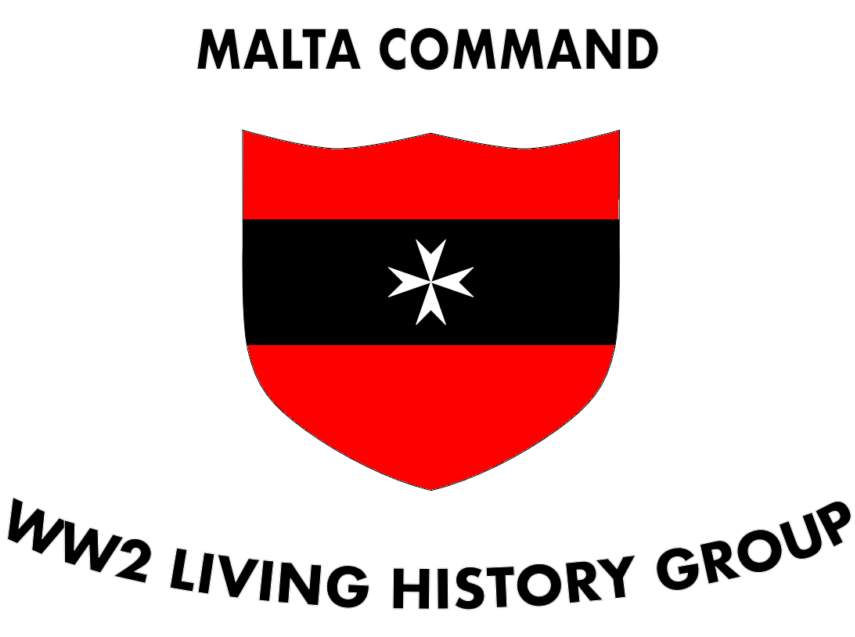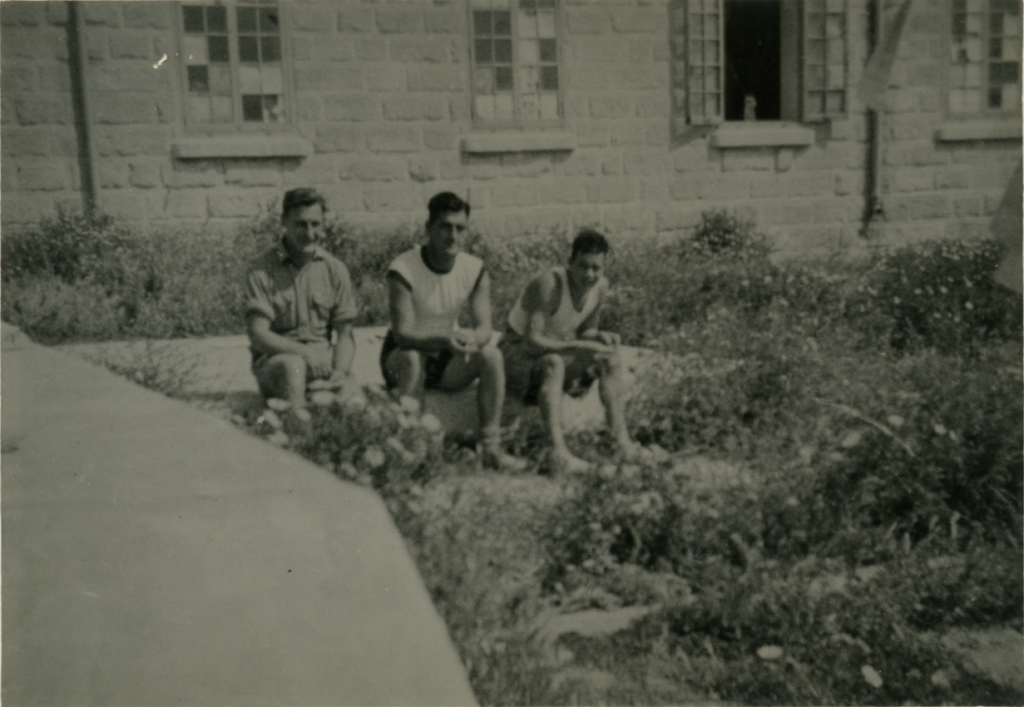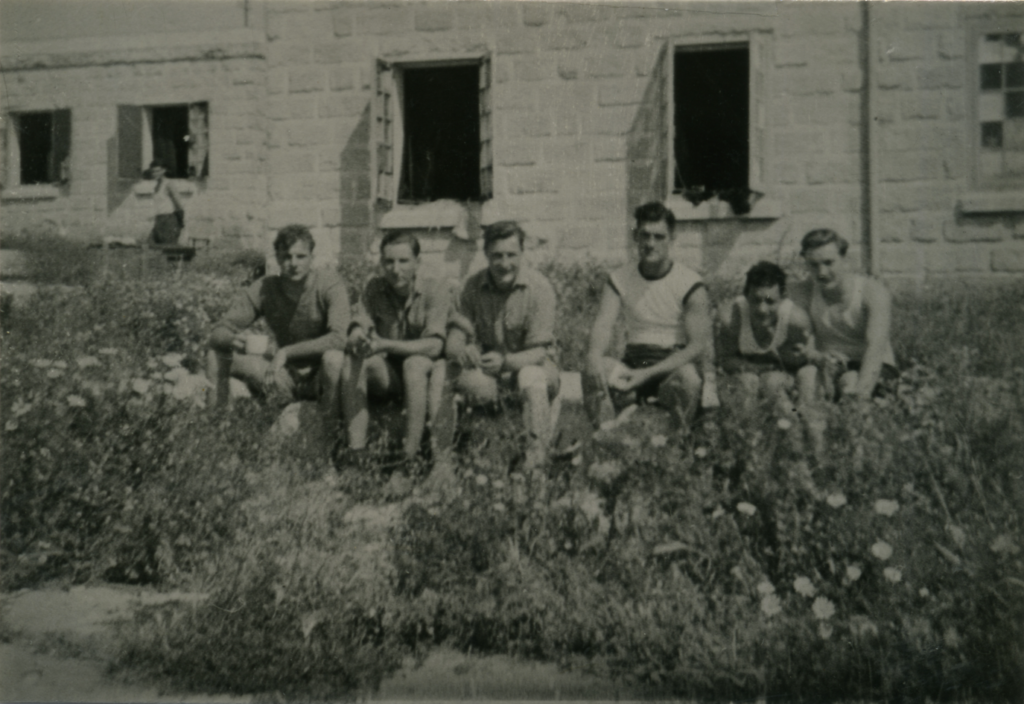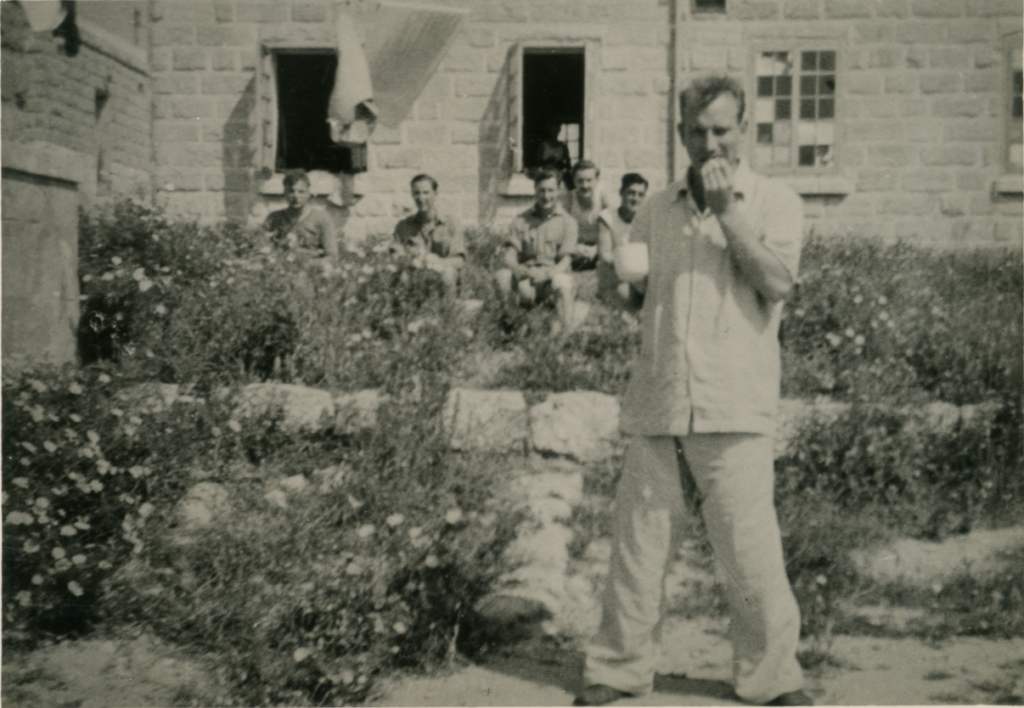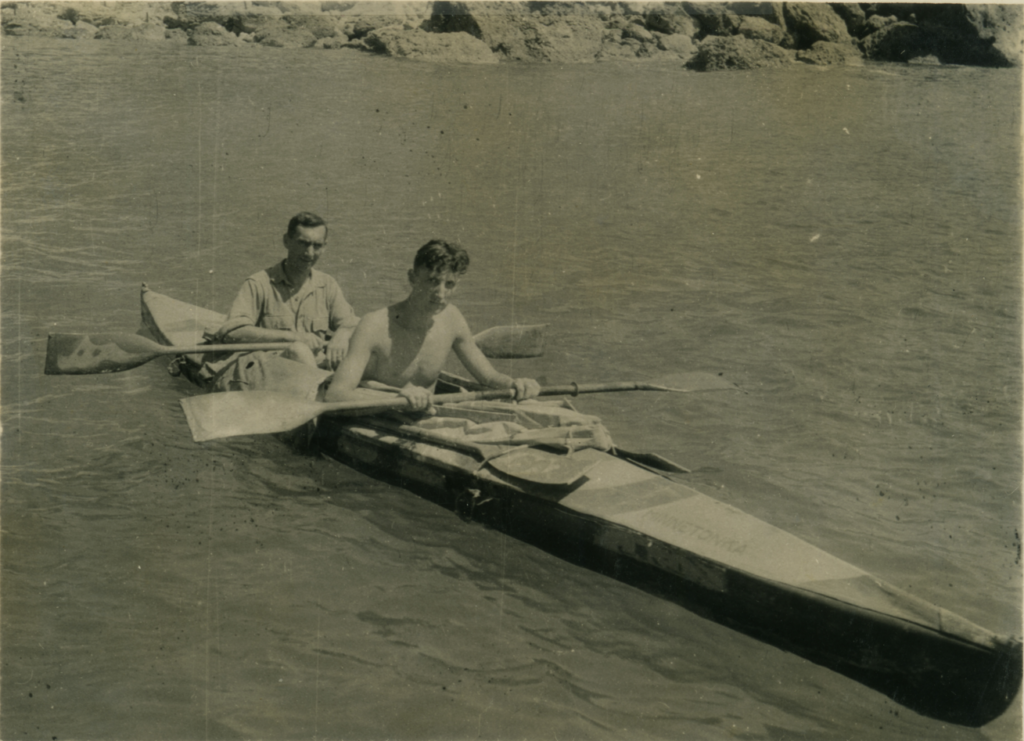Malta and COPP’s first exploits
Why the Mediterranean and the islands of Malta? A simple answer to the latter is that allied forces have long been thinking about opening a gateway into Europe, especially after North Africa was secured from the hands of the Axis forces in 1942 (following Operation Torch and a multitude of other small operations). As a result, Malta was the closet to getting into Sicily. Having secured the southern part of the Mediterranean and also with Malta under British control, it would have been obvious to choose Sicily as the landing ground to initiate the liberation of Europe. At the start of 1943, British and American high command started concocting the plan for Operation Husky, the invasion of Sicily and hopefully the liberation of Italy to follow. However the invasion couldn’t be initiated since their was vital information missing…..information and data concerning the geographical setting of Sicilian beaches which were to be selected as the ideal landing zones.
Aerial reconnaissance missions were deployed to photograph various parts of the Sicilian island, with the aim of identifying the right area to land troops and vehicles during the invasion. Using 2D photographs proved to be very difficult to do so and therefore the solution for the missing piece in the puzzle was Nigel Willmott with his COPP teams. Specialising in conducting professional beach reconnaissance missions and in gathering terrain structure data (down to the smallest technical detail), COPP’s could provide a ‘3D’ picture of the island’s possible landing sites (beaches).
The southern and south eastern beaches of Sicily were being considered as the ideal landing spots, being closer to Malta as the base of operations for Operation Husky. By the end of 1942, Willmott was tasked to gather up his COPP teams and commence their training program, so that by the month of January 1943 they would commence operations from Malta. Teams COPP 1 and 2 (middle east groups, ME-1 & ME-2) had already been based in Egypt and set-up as an early attempt by Willmott, following his early beach reconnaissance endeavors within the Mediterranean. The ME groups wee then send to Malta to commence operations, joined by COPP 3 (and later COPP 4) which were dispatched from the UK; COPP 4 initially operated and trained from Algiers. COPP members which arrived in Malta, were stationed at a villa in Għajn Tuffieħa, with space allocated for storage of their equipment and canoes. More details are provided about the team members involved and the sequence of operations, at the end of the webpage.
”This time, Teacher found two villas in a lonely part of the island’s coast near Għajn Tuffieħa. The villas covered with rambling bougainvillea, overlooked a small sandy beach that was perfect for training.”
The secret invaders; Strutton & pearson
This villa would later be used by other COPP’s which were dispatched to Malta, to replace the losses from the initial COPP team members. Since the villa was located near beachy areas, it was ideal for COPP to go down and train with their canoes and test out the rubberized swimsuits during their off-duty hours. Training was required since due to their immediate dispatch to the Mediterranean, the initial COPP teams still lacked proper training and their training program was rushed. Nonetheless to say that some of their equipment was very primitive.
”Christ, I don’t think much of these…..” lt norman teacher; commander copp3, describing the use of rubberized swimsuits during training in malta.
”It’s going to be fun if we get waterlogged”
Various accounts from various COPP team members describe their arrival and the presence whilst staying at the remote area of the island….

”The lorries arrived in due course and we loaded the stores and set off for our new base at Għajn Tuffieħa near St Paul’s Bay, which we reached at 4 o’clock.” Peter palmer; Electrical Mechanic for COPP4 & later COPP6.
”This camp had been used as a rest camp for naval personnel, but now arrangements had to be made for them since the secrecy attached to our activities decreed that we should, whenever possible, to be based out of sight of other service units and citations. The situation here was ideal in almost every way and it was only a short walk from the camp to the nearby sheltered beach. Most of us wore P.T. shorts nearly all the time we were in the camp and we took every opportunity to keep up our swimming.”
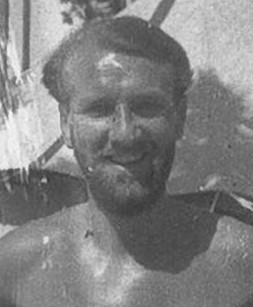
MAY 11th 1943. Lt peter wild; COPP 6 a/copp (assistant officer)
” At last we fetched up at our new home namely Għajn Tuffieħa rest camp…we were able to sleep in the house – the remainder in tents.
In the aerial photograph (left photo) below one can note the military structures (center right). Rooms from these building or another structure in the vicinity must have been allocated for COPP members and in the vicinity a few meters below, one can view the large beach area of Golden Bay (today forms part of modern Mellieħa village). This area was possibly used as a training ground due to being spacious and offering ideal conditions for canoe handling and swimming for beach reconnaissance purposes.
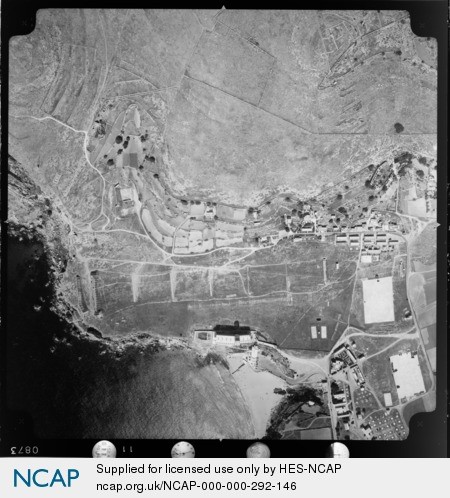
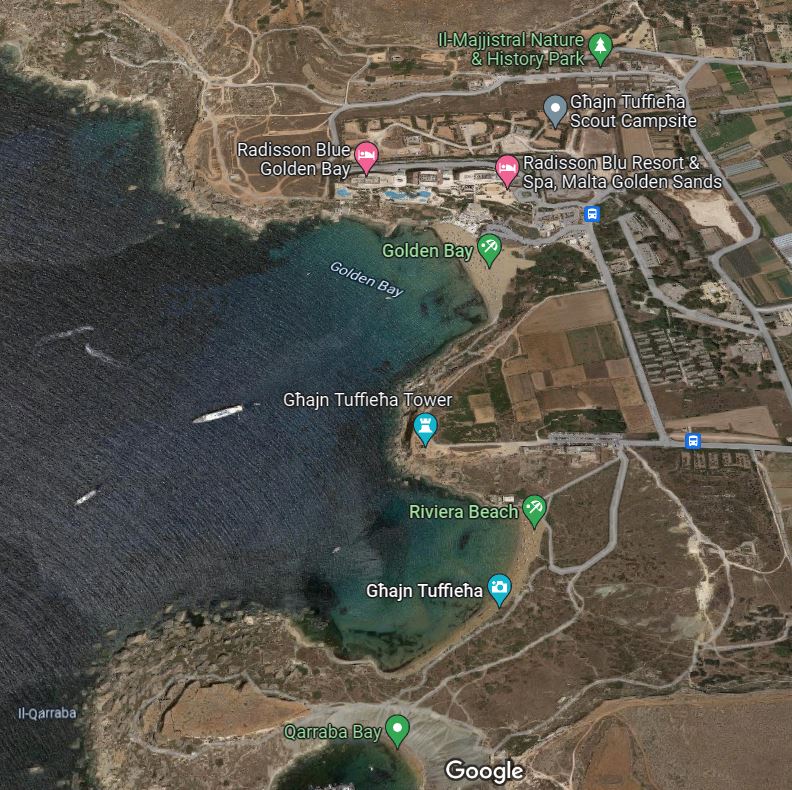
Additionally another beach by the name of Riviera beach, was present a few kilometers away (southwards) from the buildings described above. One could (and still can) access this beach via a coast road, which leads to headland. A stairway then leads to Riviera beach, which most probably was also utilised by COPP for training purposes. Above the beach was a hotel (nowadays in a derelict state and unusable) by the name of THE RIVIERA HOTEL; this hotel was described in the autobiography book of Ralph Neville Stanbury and therefore offers further evidence to the whereabouts of COPP lodging.
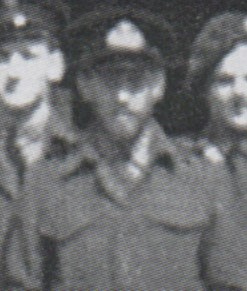
Lt ralph stanbury neville; commanding officer, copp5
”In the evenings we would wonder over to the hotel on the headland opposite, and site on the terrace, looking out across the sea in the direction of Tunisia and the scenes of the latest German defeat, and talking of our homes and our families, and of all the things we meant to do when the whole rotten business was over.”
In the below pictures one can view the modern day beaches and surrounding area structures, which have been developed post-war time, turning the beaches into holiday and tourist attractions. One has to also appreciate that the barracks behind golden bay are still intact but unfortunately derelict. Additionally the RIVIERA HOTEL still stands, located above Għajn Tuffieħa beach.
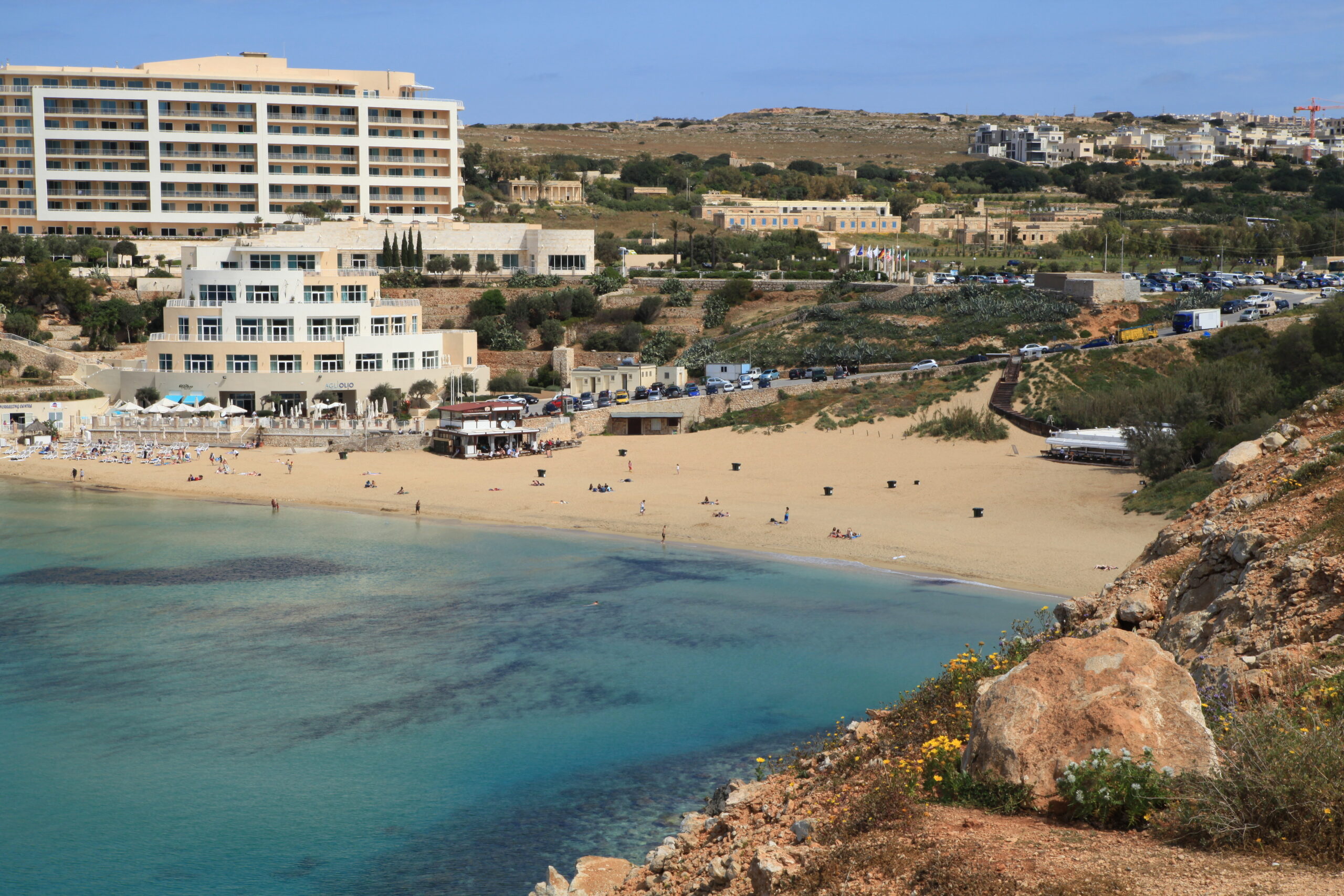
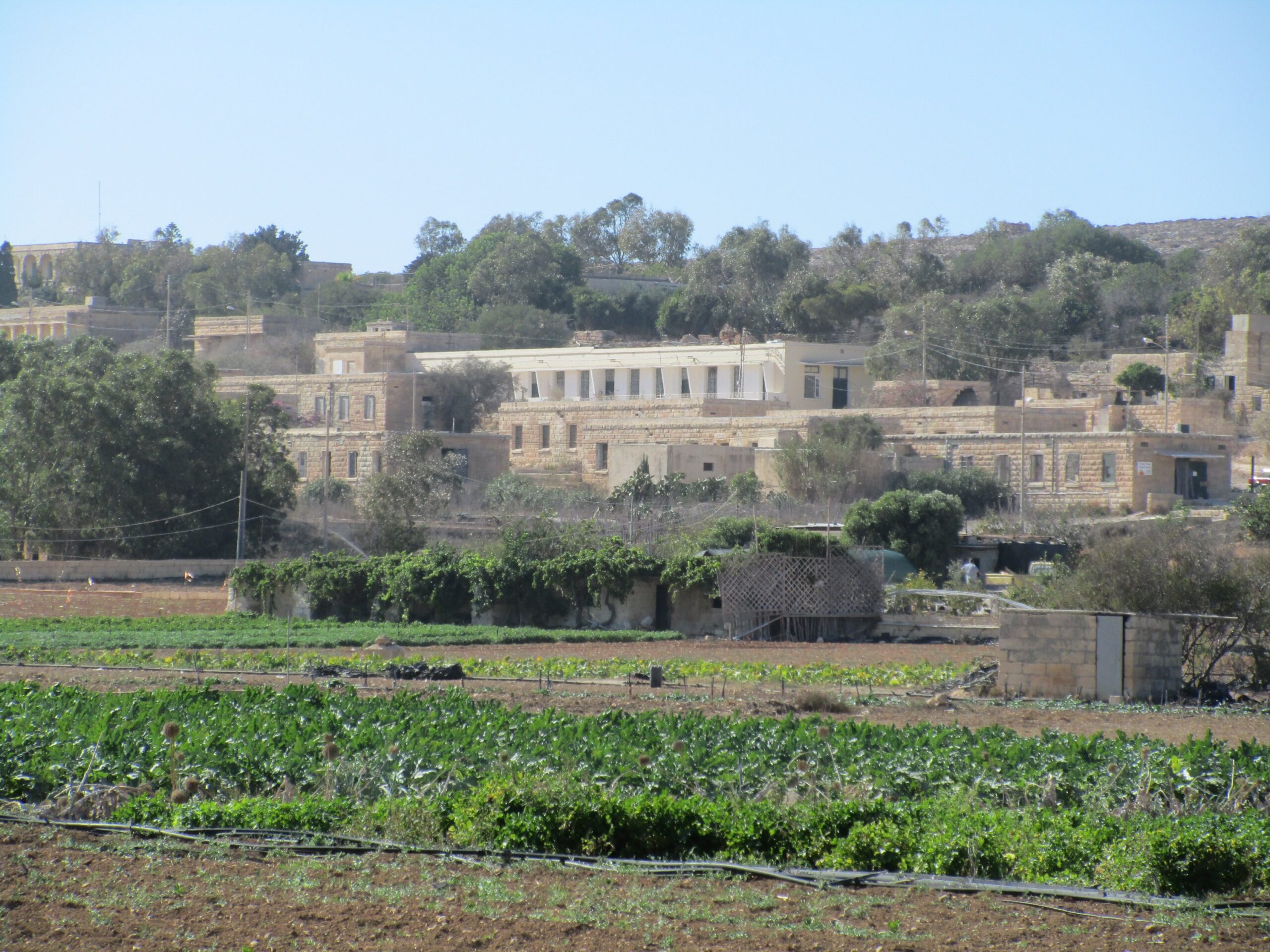
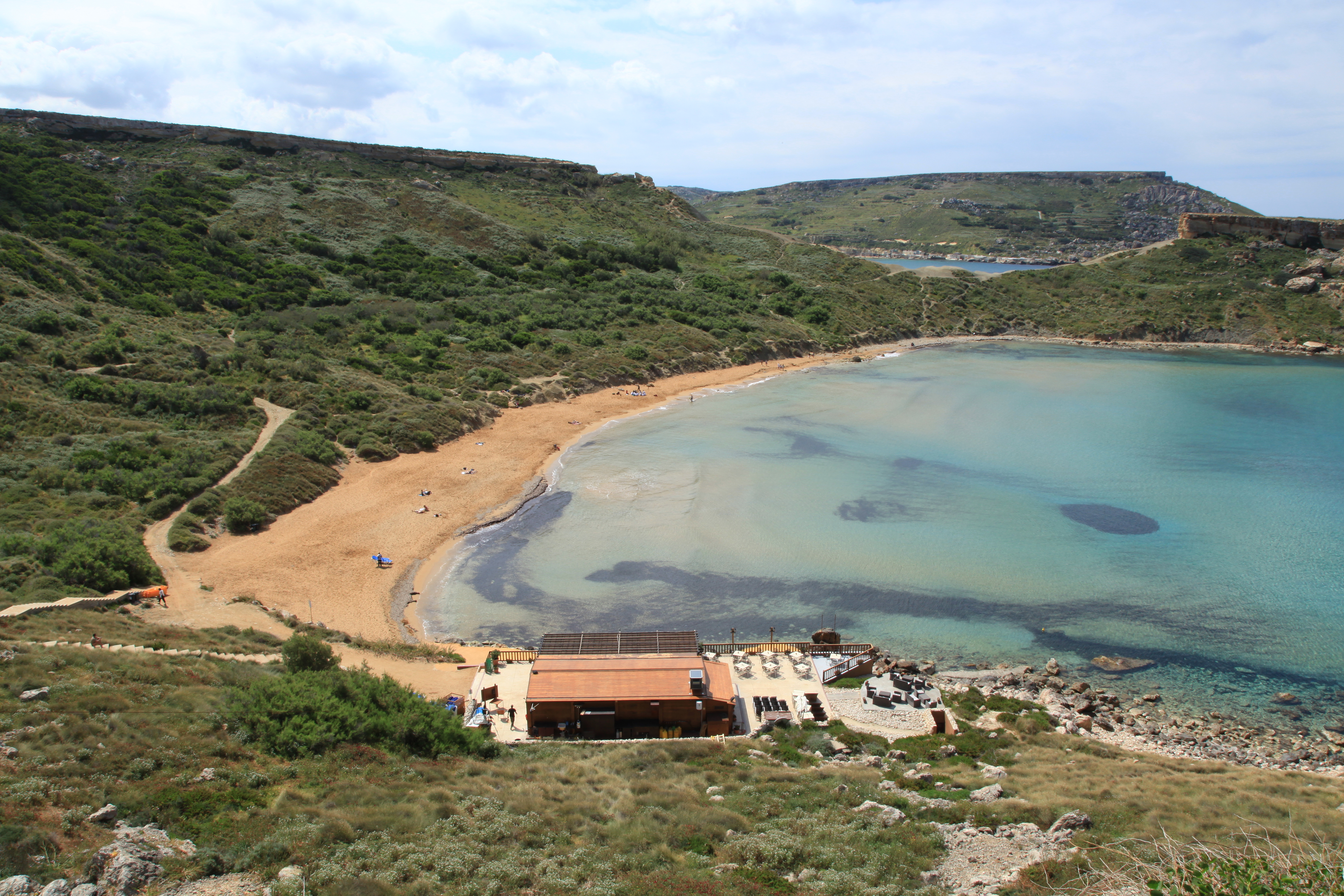
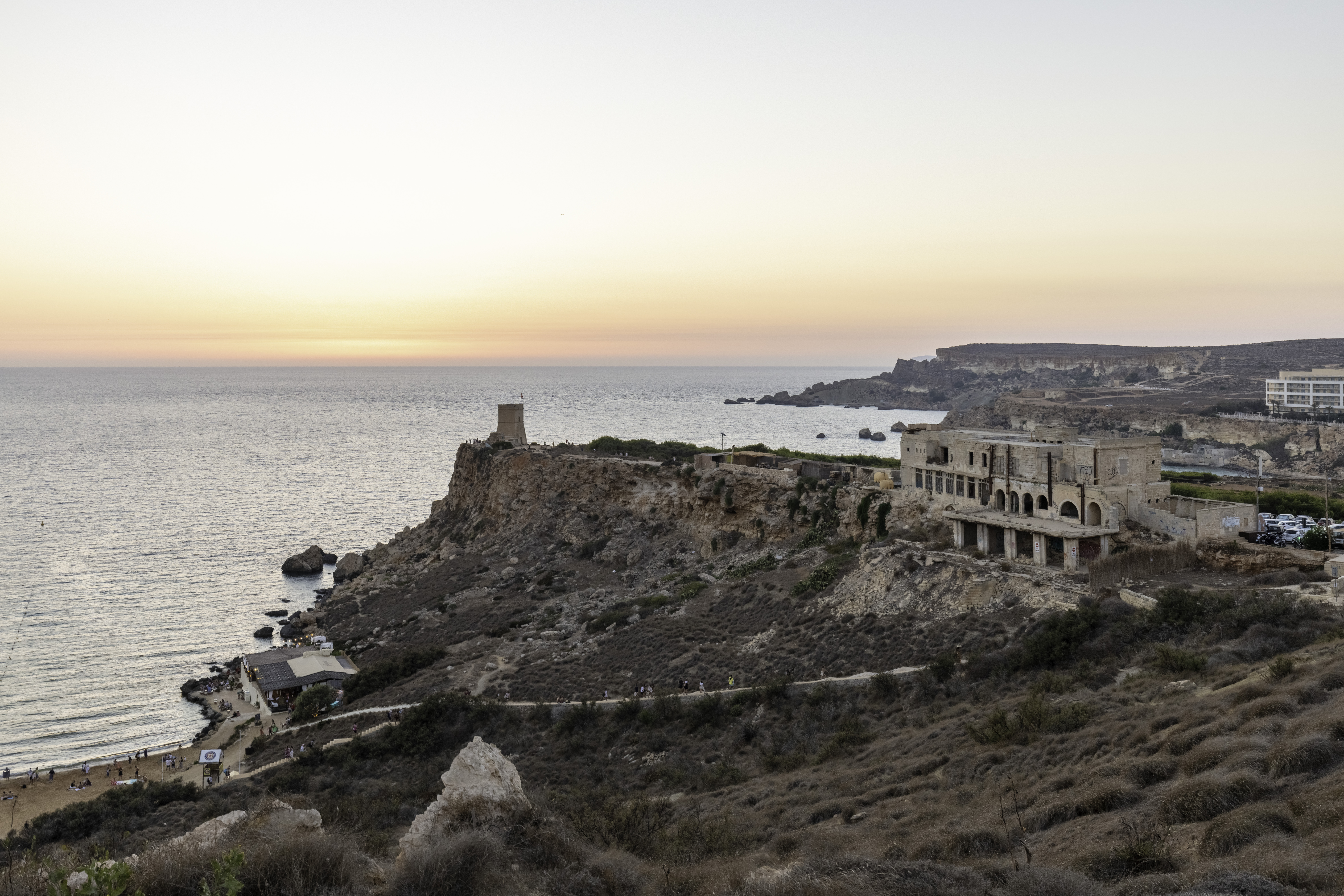
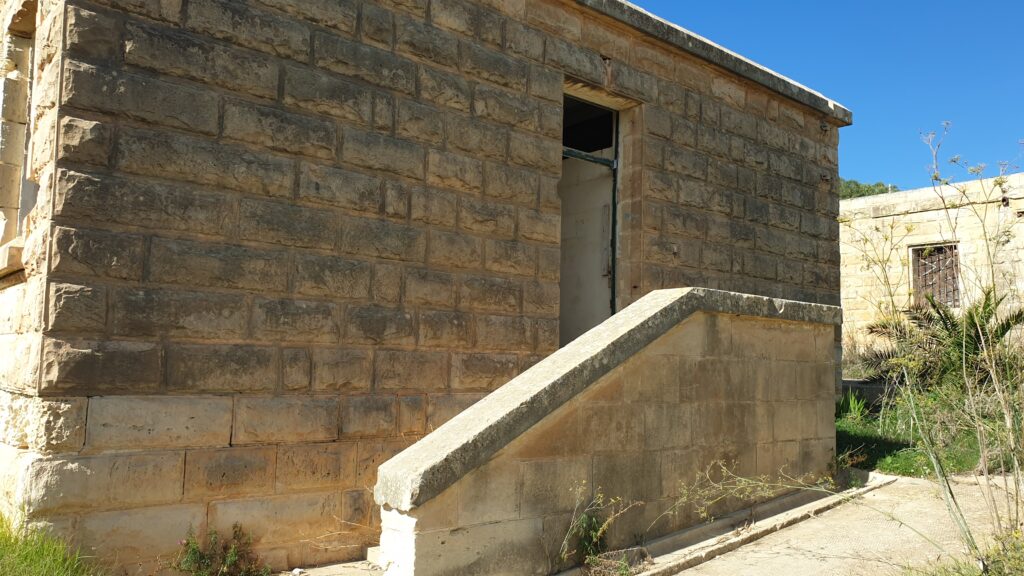
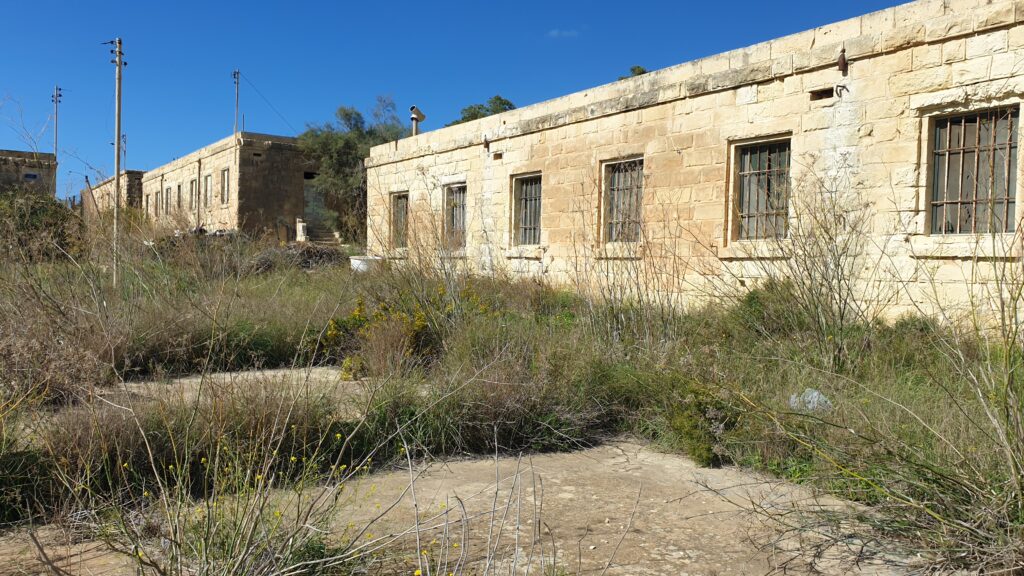
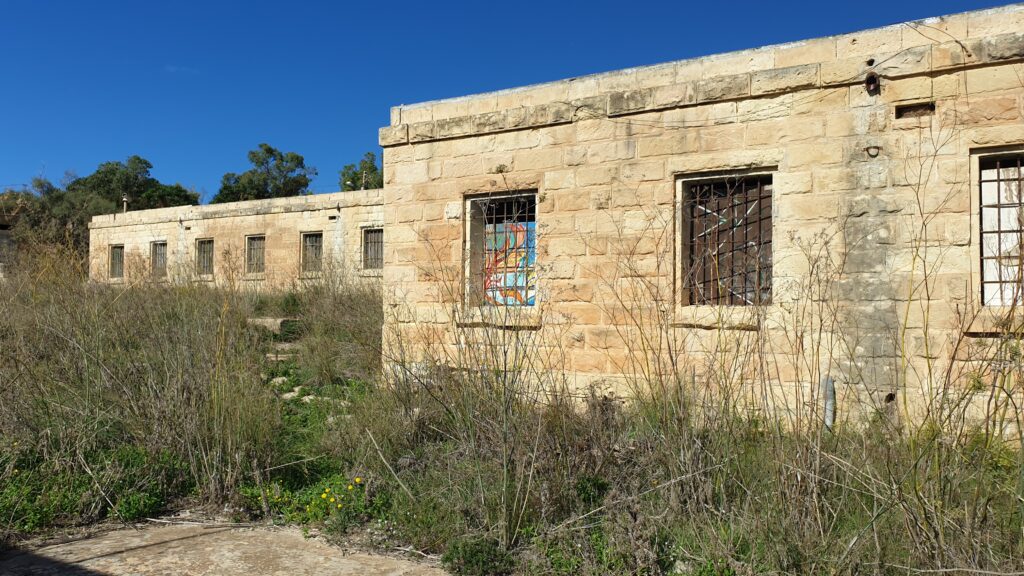
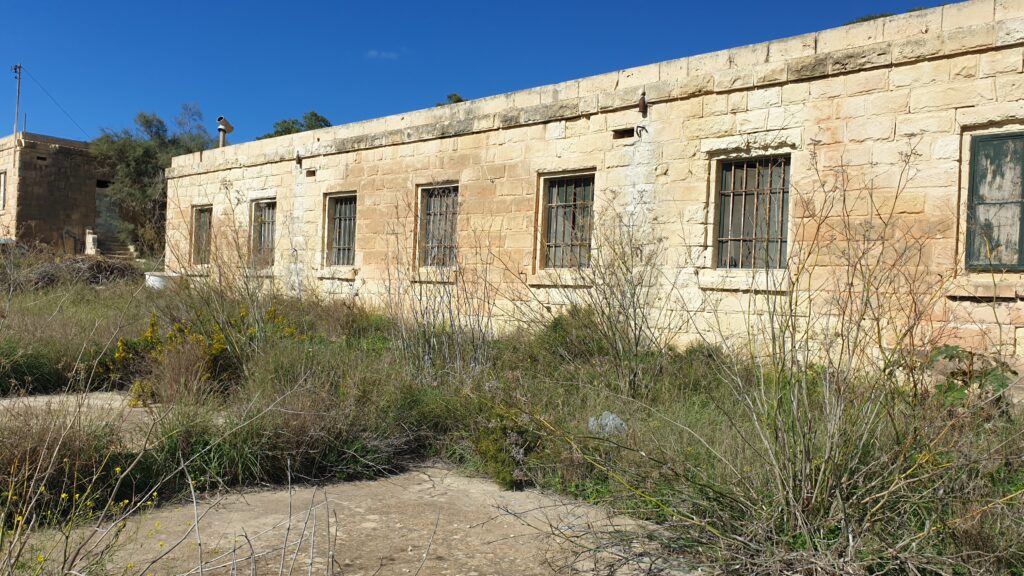
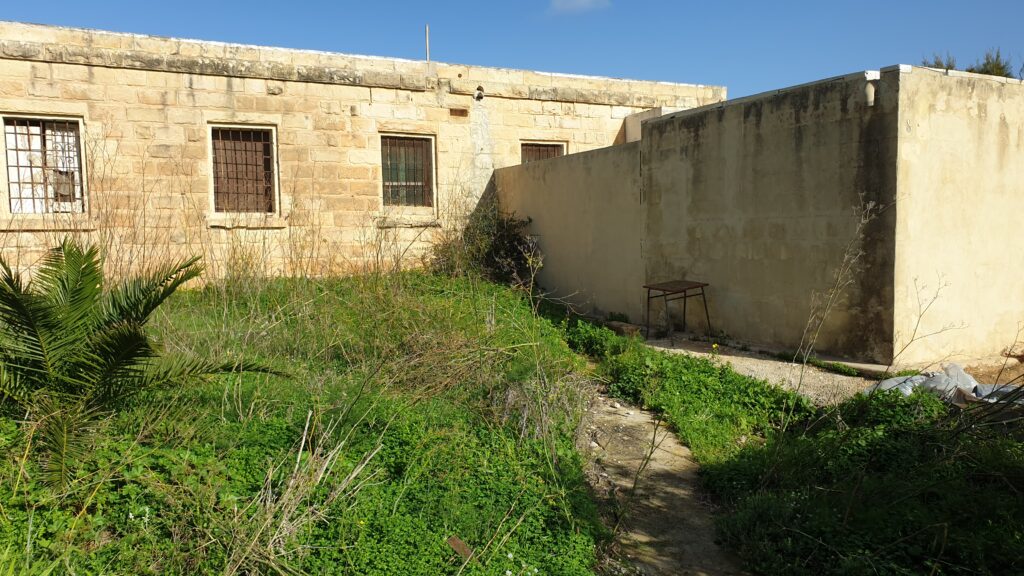
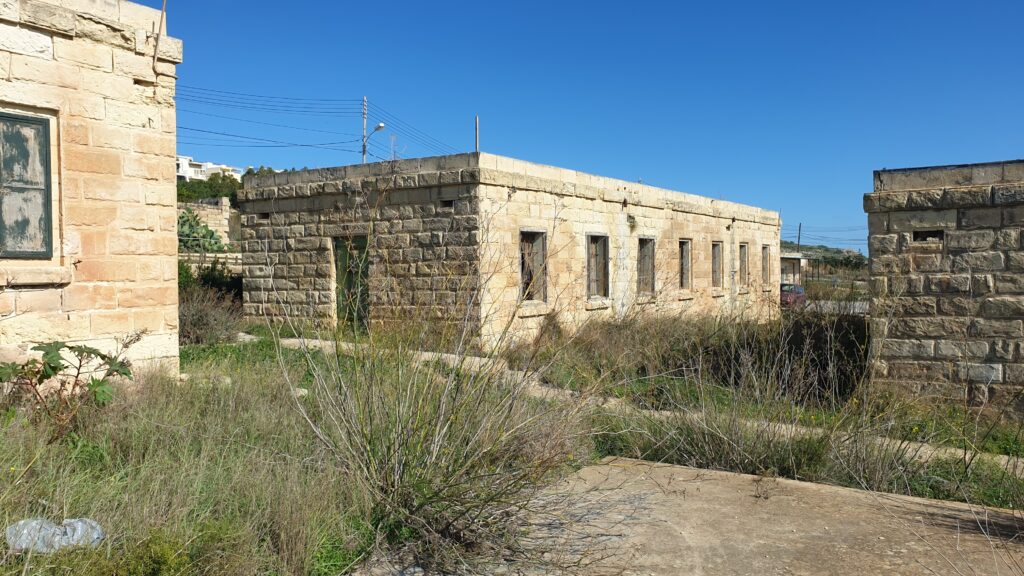
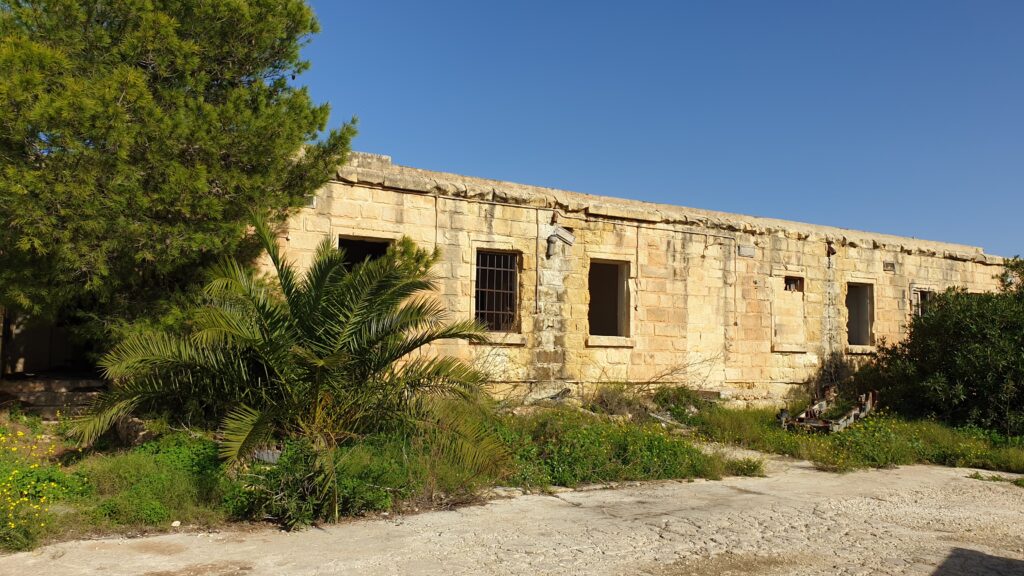
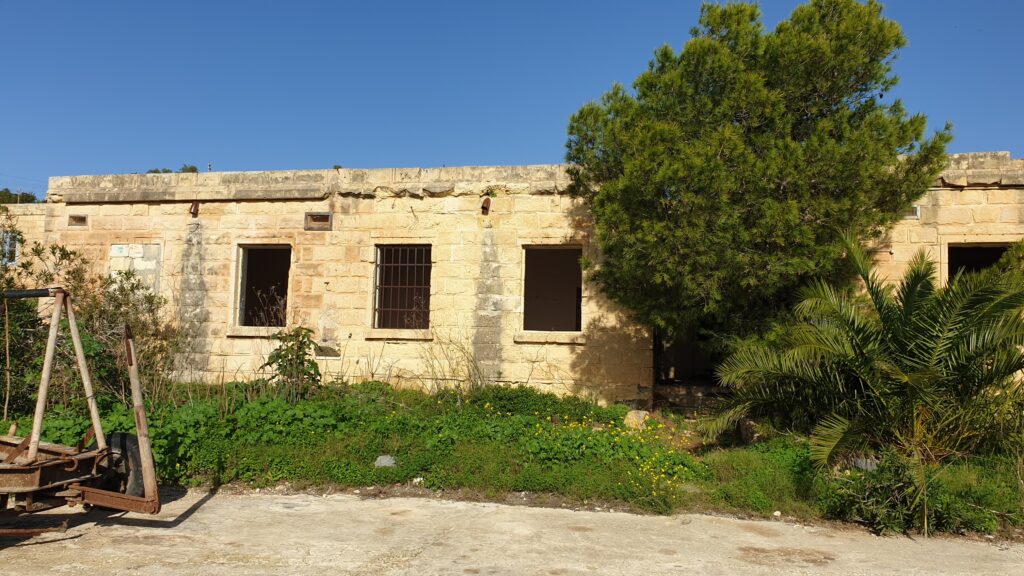
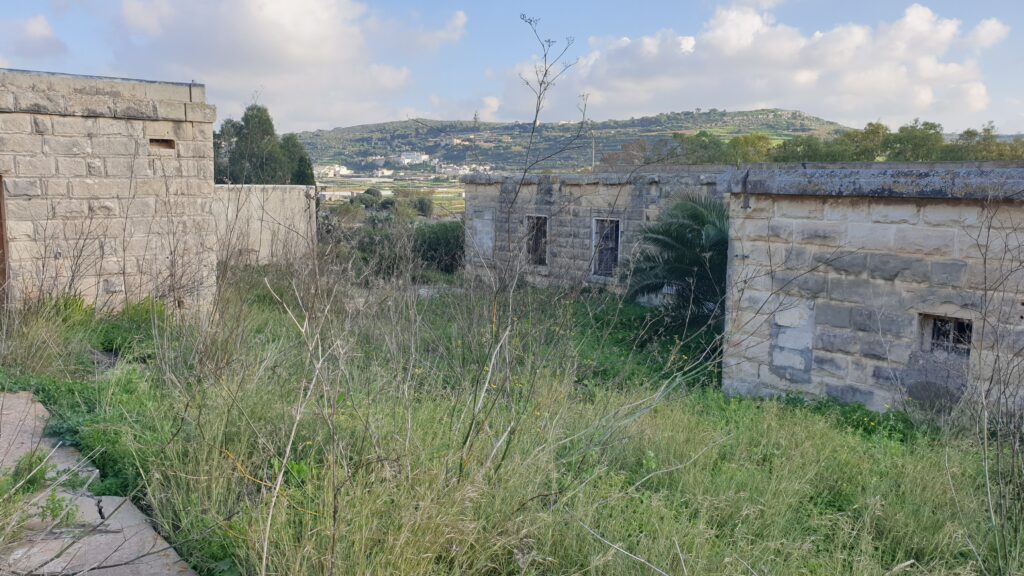
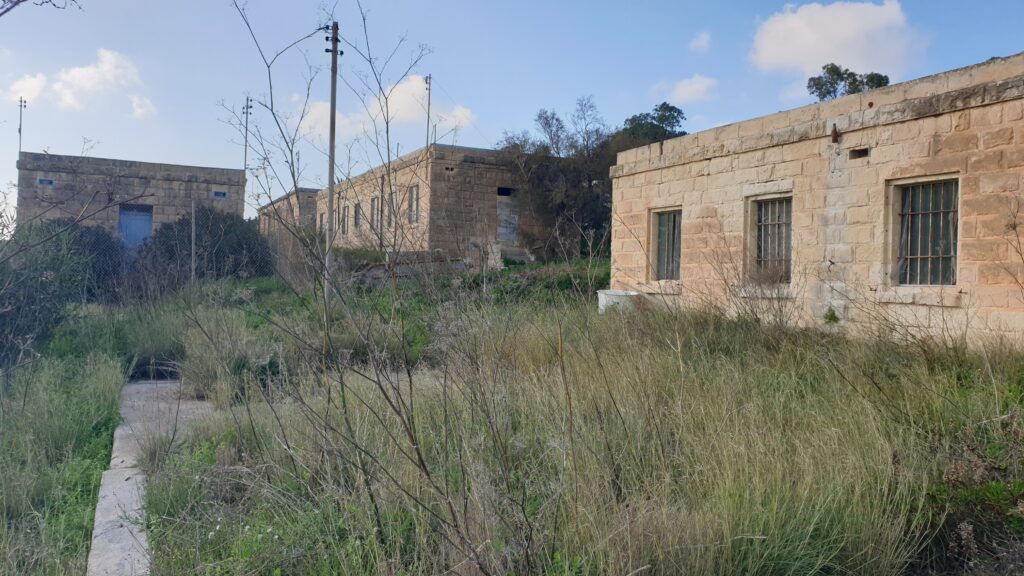

Peter palmer; Electrical Mechanic for COPP4 & later COPP6. Palmer’s description in his autobiography book, of the area when on holiday in Malta 1957.
”When I had been in Malta in 1943 the island had not been developed for holiday makers and there were very few hotels on the coast. By 1957 the situation was very different and the unspoilt rocky coastline. that I remembered no longer existed along the route I covered. The impression I had was an almost continuous chain of hotels and holiday homes. The houses and huts we used at Għajn Tuffieħa camp had gone and had been replaced by a sprawling holiday complex”
During the months of October/November 2022 new photos surfaced from a personal collection pertaining to Mr. S Hatch (In the UK) which were copied from an original album, pertaining to Peter Palmer. From these photos one could find some which were taken on Malta. Thanks to Mr. Hatch and with the assistance of Mr. R Crane, we are for the first time proud to present these photos on our website. From these photos one can clearly note the barracks of Għajn Tuffieħa and also some of the personnel that were stationed in Malta during 1943.
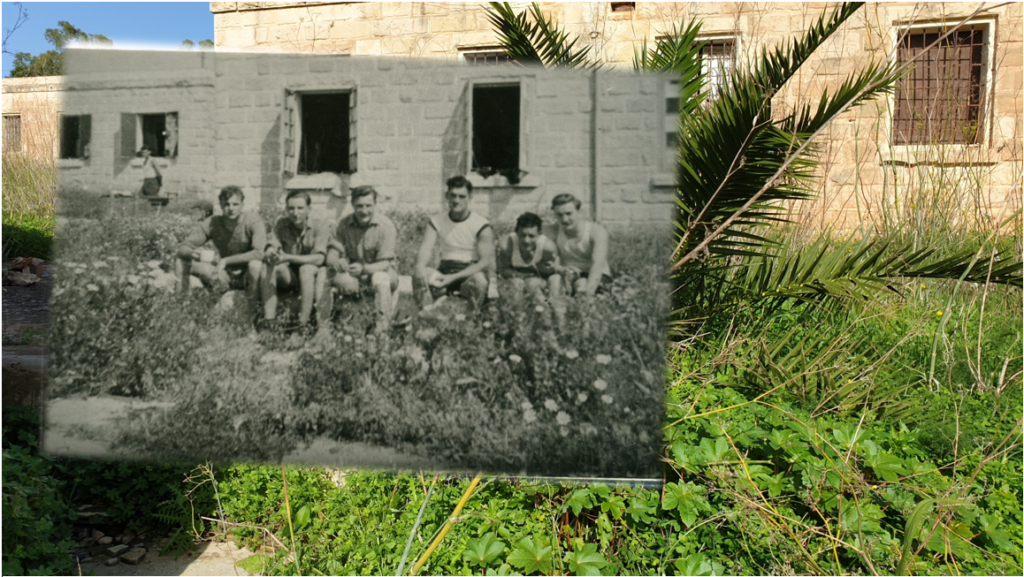
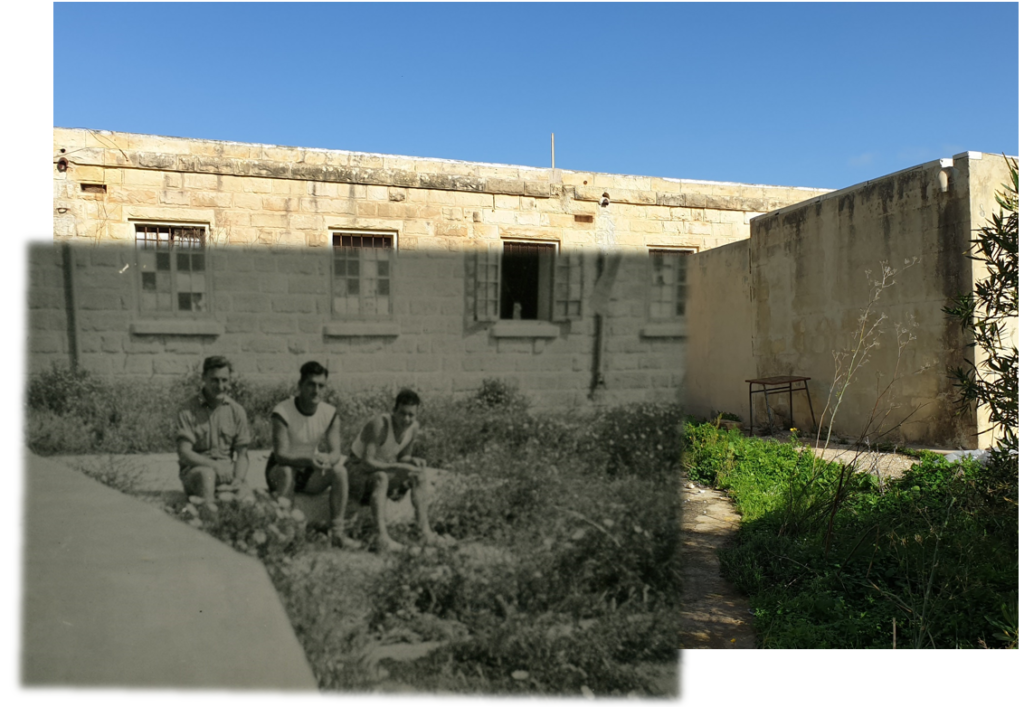

List of COPP groups which operated from Malta
One should note that from the below list of team members, various personnel from different branches of the British military were involved in COPP. Sometimes teams of COPP were formed and then reshuffled depending on manpower, resources available for operations and casualty rate. Additionally COPP also required a strong presence of officers (not only Royal Navy) to lead and commit the skillful requirements of COPP.
- Lieutenant P R G Smith, Royal Navy
- Lieutenant A Hart, Royal Navy Voluntary Reserve
- Lieutenant D Brand, Royal Navy Voluntary Reserve
- Sub-Lieutenant E Folder, Royal Navy Voluntary Reserve
- Private Austin, Special Boat Service.
- Lieutenant De V P de C Kock, South African Naval Force
- Lieutenant G Davies, Royal Navy Voluntary Reserve
- Sub-Lieutenant A H Crossely, South African Naval Force
- Able Seamen, J Mc Guire
- Private Budd, Special Boat Service
- Lieutenant-Commander J M Teacher
- Lieutenant N W Cooper, Royal Navy Voluntary Reserve
- Captain G W Burbridge, Royal Canadian Engineers
- Leading seaman C Main
- Leading seargent Loasby, Special Boat Service
- Able seaman Harris
- Lieutenant N T McHarg, Royal navy – S/COPP [Commanding Officer]
- Lieutenant G D Sinclair, Royal Navy Reserve – A/COPP [Assistant to CO]
- Lieutenant R B Mangnall, Royal Navy Voluntary Reserve M/COPP [Maintenance]
- Captain N E C Rice, Royal Engineers E/COPP [Engineer]
- Leading seaman C Main
- Leading seaman J Reilly
- Able seaman P J Harris
- Able seaman J B Seagust
- Supply assistant P Hallet
- Electrical mechanic P J Palmer
- J E Hinkley, Royal Engineers
- Lieutenant R N Stanbury, Royal Navy – S/COPP
- Lieutenant D T Kent, Royal Navy Voluntary Reserve – A/COPP
- Lieutenant M T T Simpson, Royal Navy Voluntary Reserve – M/COPP
- Midshipman P S Sykes, Royal Navy Voluntary Reserve – AM/COPP
- Able leading seaman A J Thomas
- Ordinary seaman A B Nicholls
- Ordinary seaman J Hatton
- Corporal N H Goodyear, Royal Scots and Special Boat Service
- Sapper J R Smith, Royal Engineers.
- Lieutenant D W Amer, Royal Navy Reserve – S/COPP
- Lieutenant P G Wild, Royal Navy Voluntary Reserve – A/COPP
- Sub-Lieutenant A G Sayce, Royal Navy Voluntary Reserve – M/COPP
- Midshipman J G Watson, Royal Navy Voluntary Reserve – AM/COPP
- Captain D C Hunter, Royal Engineers – E/COPP
- Able leading seaman F Philips
- Able leading seaman V F P Manning
- Able seamen J Bowden
- Corporal R Cook, Special Boat Service
- Sapper J Plummer, Royal Engineers
Deployment commences
The following drop-down tabs are sorted sequentially based on the date of missions carried by COPP on Sicilian beaches. Each drop-down tab includes details of the submarine which COPP members sailed, area surveyed and outcome.
Not all missions were a success, especially for the ones which were initially dispatched to kick start the first COPP’s exploits. It took a great deal of human sacrifice to produce the desired results of beach surveying and reconnaissance.
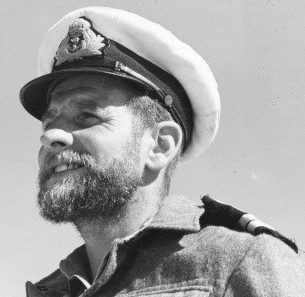
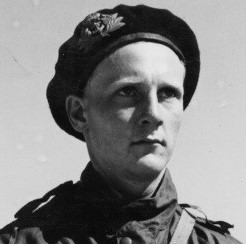
”The sub will never find us in this!”
”Either we go inshore and give ourselves up”……”or we bloody well paddle for Malta.”
”I’d rather paddle to hell than go in.”
”How far is it?”
”What – Malta?”
”About seventy. What do you say?”
”Look what she’s stood up to already” (referring to the canoe)conversation between lt david brand and Lt bob smith from copp/ME 1 whilst on a mission over sicily.
”All right. Let’s have a bash!”
During the first reconnaissance emissions out of 16 COPP personnel, 5 perished or declared missing and 6 were captured. Although all effort was made to ensure that all initial COPP teams were on the same foothold with regards to training, huge losses were suffered by COPP ME 1 & 2, COPP 3 and 4. Eventually COPP 3 was disbanded and was amalgamated with COPP 4. The results obtained from COPP 4 were much more promising due to better trained team members, however that didn’t stop Willmott from sending more COPP teams to Malta in mid-1943. It was either COPP’s successful outcomes or otherwise Operation Husky would be at stake, with other consequences to follow.
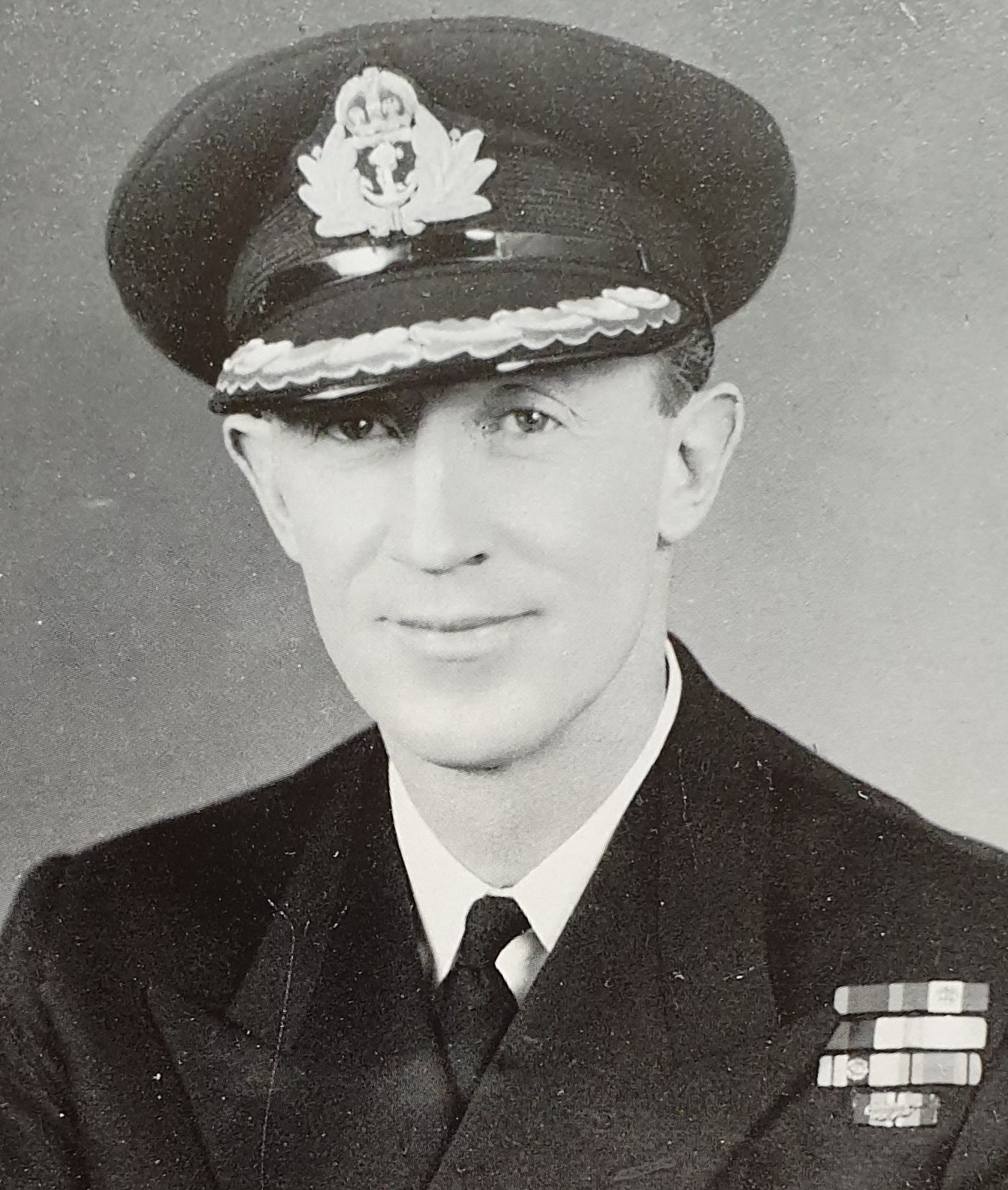
Lt CMDR Nigel clogstoun willmott
”I have never thought that Reconnaissance could be done on a continuous scale, particularly in winter, the Present facilities are most inadequate”
During this time a new folbot canoe was dispatched to Malta (the Mk1** type) as the previous models were still primitive and of poor quality (mostly civilian based type models of the time). additionally a new type of rubberised swim-suit developed by Siebe-Gorman became available, providing a better ‘tentative’ of success for the person carrying out swimming and surveying.
Another war asset that was added to COPP’s inventory, was the Chariot Mk1 submersible human torpedo craft, which was adopted from the Italian Human torpedo ‘maiale’. The Chariot Mk1’s stationed in Malta were utilised by COPP, together with canoes to guide the Chariot’s towards the desired spot for seabed inspections. Although the Chariot’s were developed as a submersible human torpedo, the warhead attached to the front was replaced with a dud warhead to preserve stability and buoyancy, for COPP missions. Considering the bulk of the Chariot Mk1, maintaining stealthy movements and other applicable constraints, this proofed to be quite complex at the time.
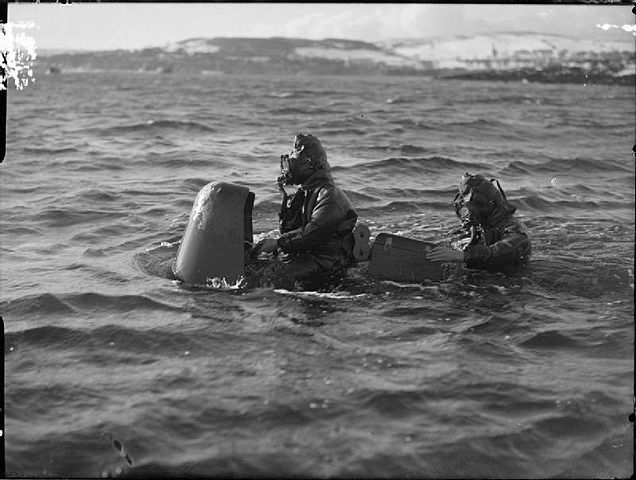

From the below date of operations one can note the use of Chariot Mk1’s and Canoes for COPP’s objectives.
Using the Chariot for COPP missions did help achieve greater access to the target beach seabed and also acquire vital measurements whilst immersed, however it came at a cost which resulted scrapping their use for the rest of the beach surveying missions over Sicily. During missions submarine commanders noted how difficult it was to carry the mounted chariot on the submarine and also very timely to dismount the same Chariot close to the enemy coast, resulting in complexities and increased risk for things to go wrong or be spotted by the enemy. This line of thought therefore led to switching back to folbot canoes for the rest of the missions.
At the time other COPP parties were undergoing training at Hayling island, this included COPP teams 5, 6 and 7. COPP 6 was the most advanced with regards to training, under the command of Lt D Amer. Amer was a very experienced naval officer when it came to COPP since he had already been on pilotage experiences with Willmott, during Operation Torch and Party Inhuman, few years before COPP were actually formed up. COPP 6 were sent to Malta together with COPP 5 under the command of Lt R N Stanbury, to further assist COPP 4 in sealing their successful fate of becoming the heroes of Hayling island.

”Three months later I was sitting in glorious sunshine outside a villa on the island of Malta. I had arrived that morning with my party and all our stores, after an eventful journey.” Lt ralph stanbur neville; commanding officer, copp5
”…….My first sight of Malta had affected me strangely. I could not help but feel proud that I was British and that this battered little bastion of the Empire was to be the headquarters from which we should operate.”
Last few reconnaissance missions were carried out by COPP 5 and COPP 6 to obtain remaining sources of information and beach data, so that the right beaches could be selected for the landings during Operation Husky.
With the commencement of Operation Husky (9th July, 1943) (which lasted till the 24th August, 1943) COPP teams were kept active and running beach reconnaissance missions plus assisting in the invasion by guiding landing parties to the right beaches. COPP 4, 5 and 6 used special electric torches which emitted IR lights, emitting special radio signals which were picked up by ships carrying beach landing naval assets. In turn, these ships would sail in the right direction and avoid getting lost or landing their troops in the wrong beach area. At times COPP members would also install radio signals emitting beacons which would be submerged close to the beach area seabed and after setting a designated timer, this/these beacon/s would be released and flow to the surface, emitting a signal that can be picked up by ships with beach landing naval assets.
HMS Uproar and its return back to Malta on the 14th of August 1943, marked the last COPP mission to be undertaken from the submarine base in Malta over on to Sicily.
After the successes of COPP from Malta and proving themselves to be an effective thorn to the enemy, COPP teams became the highlight unit prior to future invasions. What followed was the invasion of Italy, which included COPP 5 being deployed to carry out beach surveys in the area of Salerno.
Most importantly what was to follow, was the even greater successes that COPP achieved during Operation overlord (D-Day – 6th of June 1944), on the beaches of Normandy. A large number of COPP members provided every landing beach details which helped mark the invasion of France in our history books. During this time COPP also received improved canoe models (although the Folbot Mk1** remained an all time favorite through the war), improved training programs and implemented the use of X-Craft midget submarines.
One must not also forget that COPP’s skills were exploited in the eastern theatre of war, against the Japanese. Japan’s occupation of the many small islands in the Pacific, required careful planning of beach landing sites. Many COPP teams used to operate in tandem, with more than one canoe carrying our beach surveys in the same area (operating in close proximity to each other).
Besides creating a specialized unit, Willmott also created a breed of young men that had put innovative military technology of the time to the test…something which was not only important for World War 2’s outcome but also helped lay the foundations for the modernisation of the military sector.
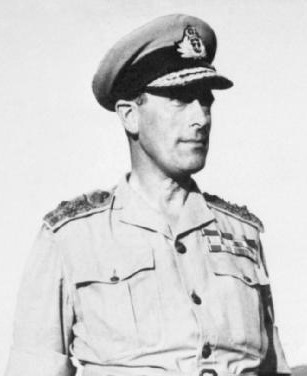
admiral of the fleet; earl mountbatten of burma
”My admiration for the courage of the COPPs was…….unbounded”
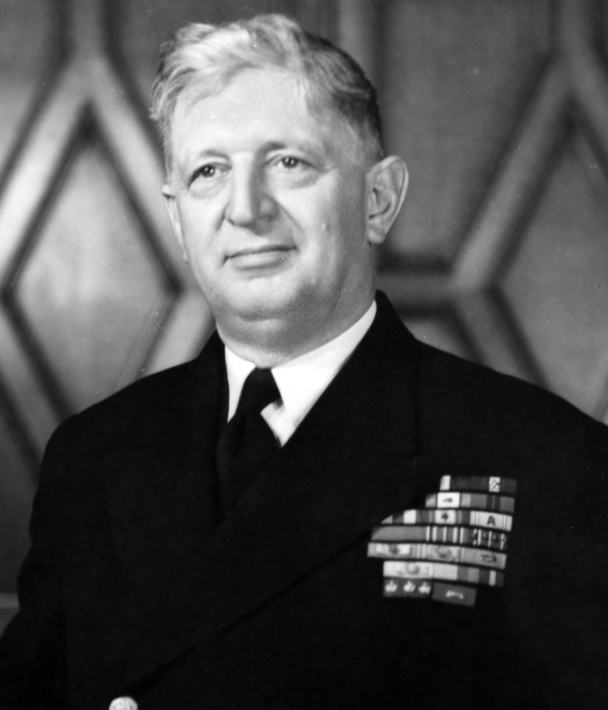
admiral H K Hewett, US Navy. Task force commander at salerno
”The work of the COPP parties was of tremendous importance, and required the maximum of courage, stamina and resourcefulness”
This research wouldn’t have been possible without the invaluable information researched by local Maltese researcher: Mr. Kurt Degabriele, also himself a member of Malta Command WW2 LHG, also generously assisted by Mr. Joseph Caruana. Additionally, this research project wouldn’t have been possible without the information available on the COPP heroes website and the information from books written by other researchers of the subject. A big thanks also goes to Mr. Rob Crane form COPP Survey which also crossed paths with us during our initial time of this project, creating two major sources of COPP information.
Special thanks also goes to Mr. Colin Micallef, Malta Command’s president, for fully endorsing the research project without hesitation and which without it Maltese military history would have been kept in the dark.
Sources and acknowledgements:
– Details about Nigel Willmott’s personal life and military career. Website: https://www.nam.ac.uk/explore/nigel-clogstoun-willmott
– The Secret Invaders – Bill Strutton & Michael Pearson
– Prima dell’invasione – L’attivita dei Combined Operations Pilotage Parties (COPP) Britannici in Mediterraneo dal 1941 al 1944 – Joseph Caruana.
– Survey by starlight or Prelude to assault. Ralph Neville Stanbury, personal biography and recollections of a COPP officer
– Stealthily by Night – Ian Trenowden
– The Cockleshell Canoes – Quentin Rees; details about history and use of military canoes by the British army, navy and airforce.
– Commanders and Rangers of World War II – Ladd James. D
